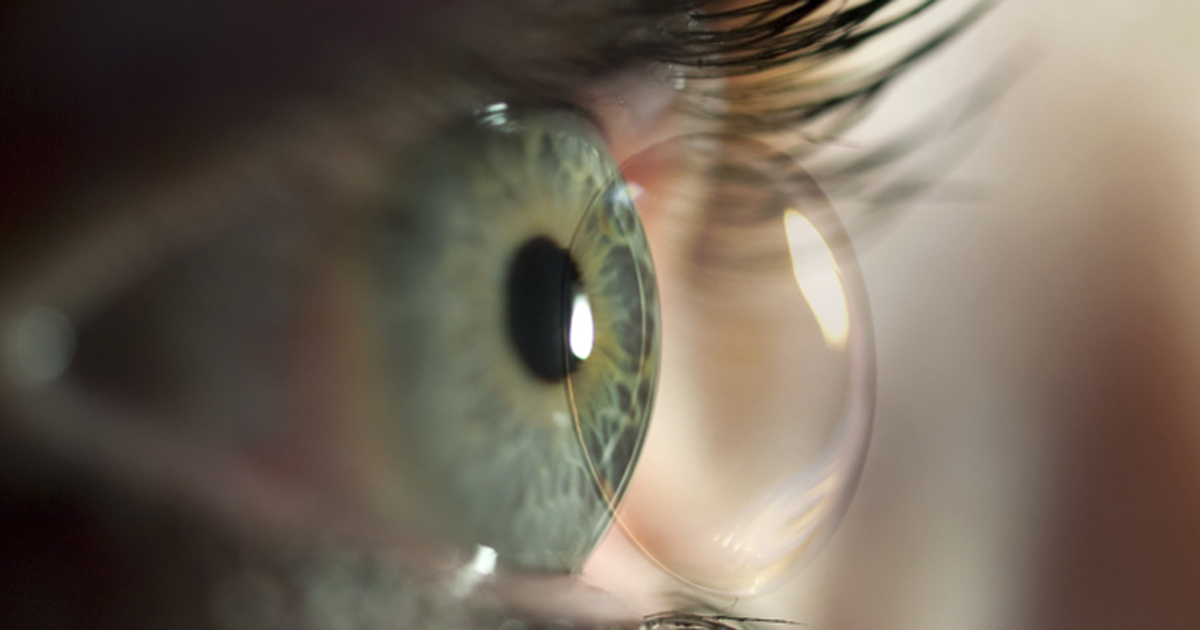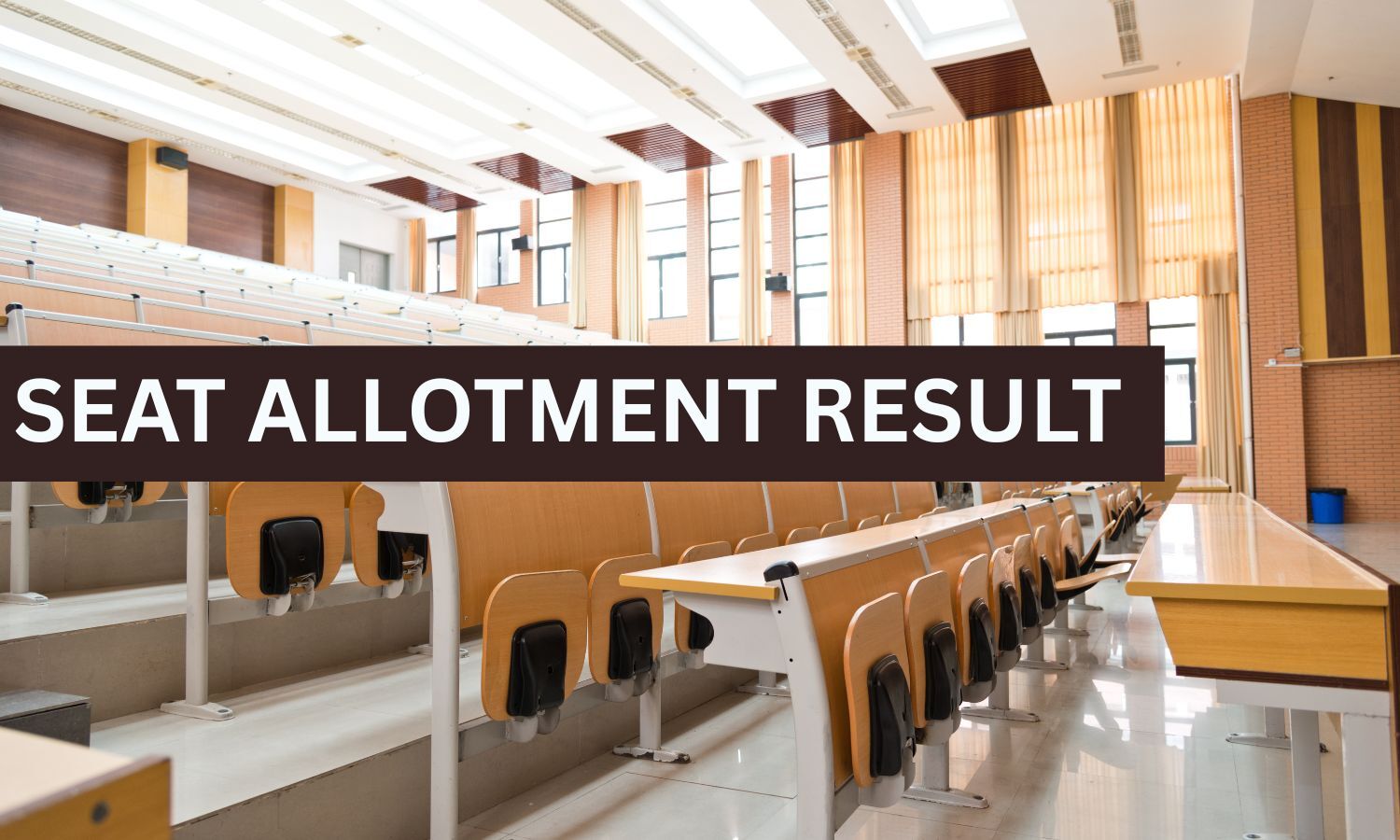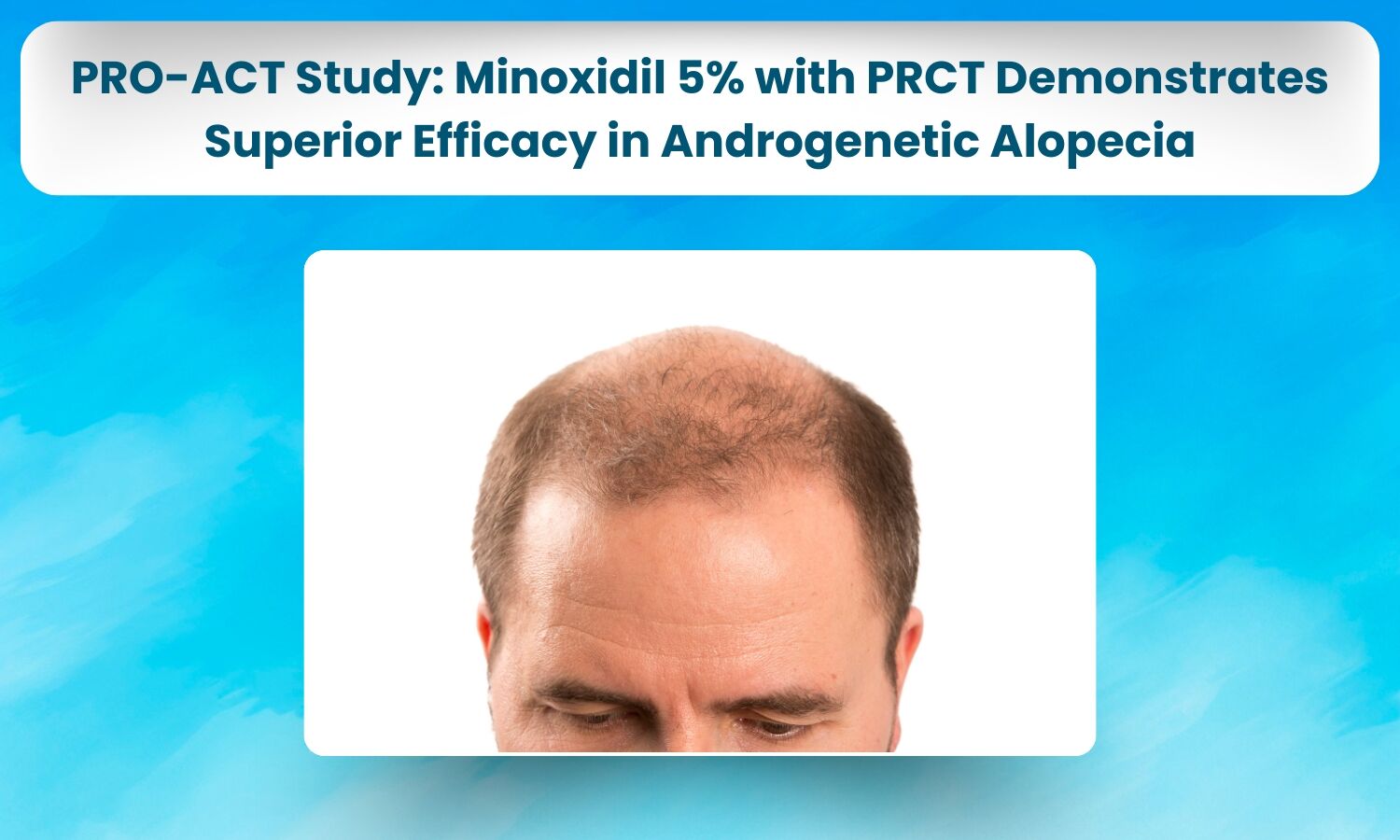August 19, 2025
2 min read
Key takeaways:
- The dual therapy group experienced a reduction in tear breakup time and greater corneal epithelial thinning.
- This treatment option calls for routine ocular surface monitoring and early intervention.
Combining orthokeratology lenses with atropine eye drops may lead to better myopia control but also increase tear film instability, according to a study published in BMC Ophthalmology.
“[The] combination of ortho-K lenses and atropine eye drops is presumed to yield better results in the management of myopia,” Fabiao Li, of the optometry center at Foshan Fosun Chancheng Hospital, China, and colleagues wrote. “While prior studies have demonstrated the efficacy of ortho-K lenses and atropine eye drops separately for myopia control, the long-term safety and effects of their combined use on corneal epithelial alterations, tear film stability and ocular surface homeostasis remain insufficiently explored.”

Combining orthokeratology lenses with atropine eye drops may lead to better myopia control but also increase tear film instability. Image: Adobe Stock
Li and colleagues conducted a prospective randomized study of 100 children between the ages of 8 and 18 years with progressive myopia at a single ophthalmology clinic. The children were randomly assigned to use only orthokeratology (ortho-K) lenses overnight or to use them in addition to 0.01% atropine eye drops before going to bed.
Routine eye exams were conducted at 1, 3, 6 and 12 months to analyze axial length progression, spherical equivalent refraction, best corrected visual acuity, corneal surface changes and epithelial health, IOP, tear breakup time and Schirmer’s test results.
At 12 months, myopia control was “superior” in those who received ortho-K and atropine eye drops, with a greater improvement in BCVA.
The group on ortho-K and atropine eye drops had a greater reduction in TBUT (difference: 1.5 seconds; P = .04) than the group on ortho-K only (difference: 0.7 seconds; P = .05). The group on ortho-K and atropine drops also had greater corneal epithelial thinning at 12 months (difference: 2.5 µm; P = .05) than the group on ortho-K only (1 µm).
The two groups showed no significant differences in Schirmer’s test results, endothelial cell density or IOP.
“The present findings revealed that the dual therapy significantly outperformed ortho-K monotherapy in slowing axial elongation and improving refractive stability and visual acuity,” Li and colleagues wrote. “However, the improved efficacy comes with a measurable physiological cost … From a clinical standpoint, this trade-off demands careful consideration … The slight but measurable decline in the TBUT and epithelial integrity highlights the need for routine ocular surface monitoring and early intervention strategies — such as lubricating eye drops or tailored lens fitting protocols — for children undergoing dual treatment.”










